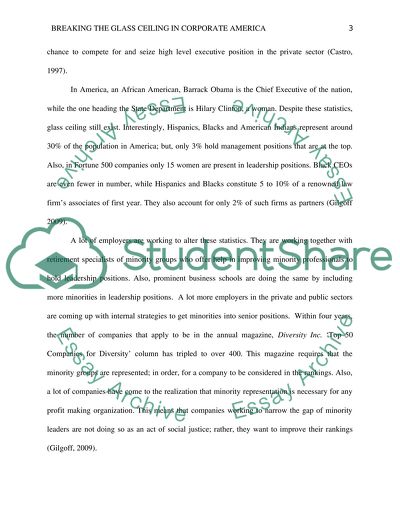Cite this document
(“Breaking the Glass Ceiling in Corporate America Research Paper”, n.d.)
Breaking the Glass Ceiling in Corporate America Research Paper. Retrieved from https://studentshare.org/law/1439945-breaking-the-glass-ceiling-in-corporate-america
Breaking the Glass Ceiling in Corporate America Research Paper. Retrieved from https://studentshare.org/law/1439945-breaking-the-glass-ceiling-in-corporate-america
(Breaking the Glass Ceiling in Corporate America Research Paper)
Breaking the Glass Ceiling in Corporate America Research Paper. https://studentshare.org/law/1439945-breaking-the-glass-ceiling-in-corporate-america.
Breaking the Glass Ceiling in Corporate America Research Paper. https://studentshare.org/law/1439945-breaking-the-glass-ceiling-in-corporate-america.
“Breaking the Glass Ceiling in Corporate America Research Paper”, n.d. https://studentshare.org/law/1439945-breaking-the-glass-ceiling-in-corporate-america.


